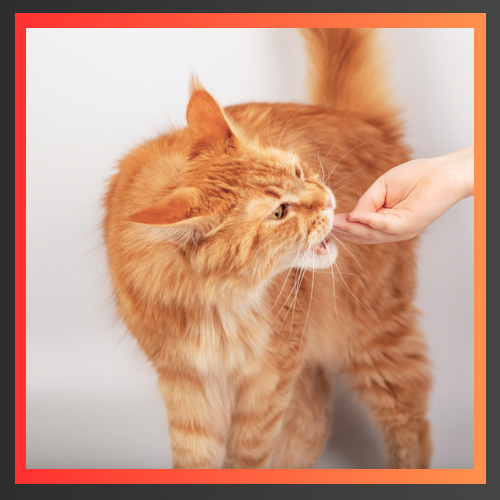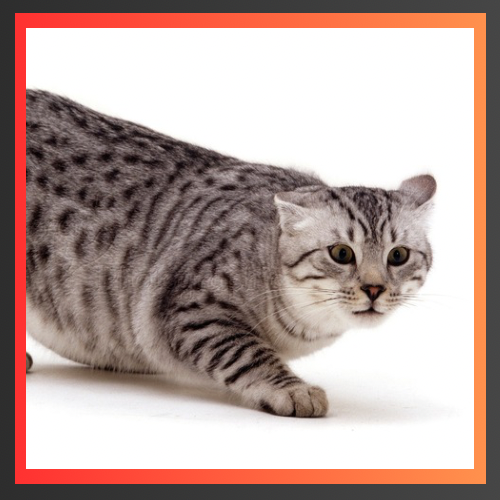Cats have always been valued as companions enchanting us with their mix of independence and affection. With the increasing number of cat owners there is a growing interest in comprehending behavior and effective training methods. This expanding area of study assists cat parents in building bonds and harmonious relationships with their beloved pets. This article explores perspectives from experts in behavior discusses behavioral challenges and suggests training techniques such as clicker training and positive reinforcement to enhance the bond between you and your cat.


Unveiling the Secrets of Feline Behavior
To train cats effectively it is essential to grasp their behavior patterns. Feline behavior specialists, who focus on understanding the psychology and actions of cats highlight that a cats behaviors are ingrained instincts that have evolved over millennia. For example scratching serves as a way for cats to mark their territory and maintain claws. Similarly activities like hunting and pouncing reflect their predatory behaviors.
Furthermore, cats are known for being creatures who’re attuned to changes in their surroundings that can impact how they behave. Stressors such as moving to a home introducing another pet into the household or alterations in routine can lead to issues, like aggression or litter box troubles. Understanding the root causes is the first step, in dealing with behaviors.
Common Behavior Problems
Scratching: Many cat owners often express concerns about scratching behavior in their companions. Cats scratch to mark their territory stretch their muscles and keep their claws healthy. Providing scratching posts and teaching your cat to use them can prevent damage to your furniture.


Aggression: Aggressive behavior in cats may arise from fear, conflicts or frustration. It’s crucial to determine the source of aggression—whether its directed at humans, cats or animals and handle it accordingly. For example play aggression can be reduced by engaging in play sessions to help them release excess energy.
Litter Box Challenges: While cats are typically use the litter box, cat issues with litter box usage can occur due to stress, health issues or displeasure with the box’s location or type. Keeping the litter box clean, accessible and positioned in an area can often resolve these problems.


Effective Training Methods
Training cats might seem challenging given their nature. However, with patience and a suitable approach it is entirely achievable.
Here are some effective methods, for training your cat:
1. Clicker Training: This technique involves using a clicker device to mark behaviors followed by a reward. By associating the click with a treat you can teach your cat actions like sitting. For example hold a treat above their head wait for them to sit then click and reward them. With practice they will learn to link the behavior with the reward.
2. Positive Reinforcement: Cats respond well to reinforcement, where you reward behavior with treats or praise. This encourages them to continue the desired actions without resorting to punishment that could worsen behavior issues. For instance if your cat uses their scratching post instead of furniture, praise them. Offer treats immediately.


3. Target Training: This method involves teaching your cat to touch a target object like a stick or your hand with their nose or paw. It can be helpful, for guiding them to spots or teaching tricks. Start by placing the target to their nose and rewarding them when they make contact. Slowly increase the distance. Use commands like “come” or “up.”
Patience: It’s important to be consistent when training your cat. Cats thrive on routine regular training sessions help reinforce behaviors. Being patient is key too as cats may need time than dogs to pick up behaviors.
Building a Stronger Bond
Training isn’t about correcting behavior, it’s also about strengthening the connection between you and your cat. Here are some additional tips for fostering a relationship:
Interactive Playtime: Make sure to engage in play sessions with toys that mimic prey, such as feather wands or laser pointers. This helps satisfy your cats natural hunting instincts and provides both mental stimulation.


Environmental Enrichment: Create an enriching environment with perches scratching posts and puzzle toys. This can help alleviate boredom and stress reducing the likelihood of problems.
Respect Their Privacy: Cats need their space where they feel safe and secure. Ensure they have access, to areas where they can retreat when they want some time.


Understanding Body Language: Take the time to learn how to interpret your cats body language so you can better understand their feelings and needs. For instance when a cat appears relaxed, with slow blinks it likely feels content. On the other hand, if a cats ears are flattened and its tail is twitching it might be experiencing stress or agitation.
In summary
Applying principles from science to understand and train your cat can greatly improve your bond with your feline friend. By using training methods such as clicker training and positive reinforcement to address behavioral issues you can cultivate a harmonious and fulfilling environment for your cat. Remember, patience and consistency play roles in this process, and the benefits of having a trained and happy cat are truly priceless.

For further reading on feline behavior and training techniques, consider exploring the following resources:
• American Association of Feline Practitioners. https://catvets.com
• International Association of Animal Behavior Consultants. https://iaabc.org/en/blogs
• The Humane Society of the United States. https://www.humanesociety.org/animals/cats
• ASPCA: Cat Behavior and Training. https://www.aspca.org/pet-care/cat-care/common-cat-behavior-issues





Thanks for sharing. I read many of your blog posts, cool, your blog is very good.
Thanks for sharing. I read many of your blog posts, cool, your blog is very good.
Thanks for sharing. I read many of your blog posts, cool, your blog is very good.
Thanks for sharing. I read many of your blog posts, cool, your blog is very good.